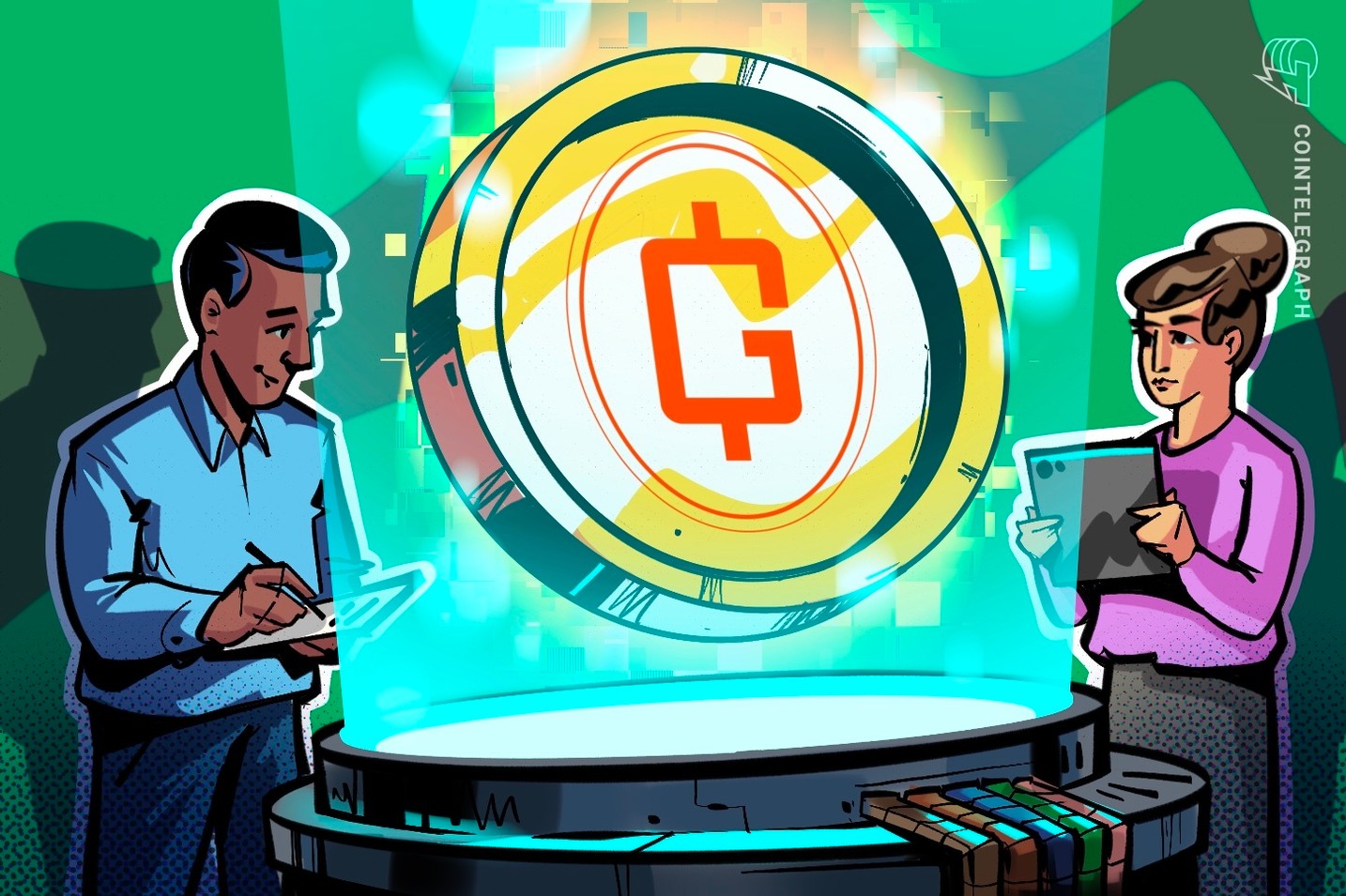Sponsored Content
Communication protocol GVNR prepares to launch GVNR following the successful deployment of its proof-of-concept applications that unify Web3.
Navigating crypto in 2025 feels like flying with three different passports: one for Ethereum, another for Bitcoin and a third for the favorite side-chain. Every hop between wallets introduces extra clicks, swap fees, fresh attack surfaces and, most worryingly, the risk of unexpected tax events. This creates a fragmented, clunky experience that frustrates users and keeps newcomers out.
GVNR, a foundational general message passing layer for Web3, believes detouring is a relic of the early internet era. After 18 months of building, the team is rolling out a universal routing layer that lets any smart contract communicate with any other chain as naturally as web pages link to each other.
The project’s goal is simple: treat every blockchain as one cohesive runtime. Its protocol passes signed messages among chains so developers don’t need wrapped assets, bridges or custodial middlemen. Instead of constantly switching networks and wallets, users just make one move, and GVNR handles the rest behind the scenes. Avoiding bridges and wrapping tokens can eliminate the tax risks; in fact, few understand that bridging assets can trigger a tax liability.
Putting theory into practice
Putting this vision into action, GVNR has already launched three live proof-of-concept apps that show what seamless interoperability can look like:
GVNR Portfolio: A dashboard where users and their AI agents can view and control tokens scattered across every connected chain from a single interface.
JustPay: A checkout layer that unlocks $500 billion of asset value, letting users spend any token on any chain to pay an invoice on a different chain. For example, an Arbitrum bill can be settled with Bitcoin (BTC), or a Solana mint can be covered with USDC (USDC) on Polygon in a single click.
JustSwap: An aggregation layer for decentralized exchanges (DEX) that lets traders swap tokens on any chain for any other asset across connected ecosystems, and a unique swap and send function so users can gas new wallets with a single action.
GVNR has already processed more than $450,000 onchain, with over 26,000 users executing more than 60,000 swaps, minting over 35,000 non-fungible tokens (NFTs) across ten chains and logging over 143,000 transactions in total. Each interaction is a live demonstration that GVNR messages can shepherd value anywhere liquidity is needed.
The engine of the ecosystem
With its core technology demonstrated, the project is now centered on the launch of its native token, GVNR. The token is designed as a multifaceted utility asset that powers the entire network. Beyond its role in the protocol’s decentralized governance, it will also be used for staking and payments.
A key aspect of the token’s design is its planned integration with the growing network of AI agents, which will be able to use GVNR to complete onchain actions. With a capped supply of 20 million, the token is now available to the public through a sale on Republic.
The GVNR token empowers holders with governance rights through the GVNR DAO. Unlike many projects, there is no entity with “labs” in its name that owns the intellectual property. GVNR’s structure ensures that the decentralized autonomous organization’s (DAO) sole purpose is to steer the protocol and drive value back to the token.
This is reinforced by a deflationary furnace mechanism, which uses network fees to permanently reduce the token supply, aligning network growth directly with holder value and serving the ultimate vision of mobilizing a new era of crosschain liquidity.
As foundational routing layers like GVNR mature, they begin to abstract away the complexity of the underlying blockchains. With such developments, the industry is gradually shifting from a collection of siloed networks toward a more unified landscape where digital value can move as freely as information, paving the way for a more intuitive and interconnected user experience.
What’s next?
Following on, GVNR envisions a new permissionless era for Bitcoin. The team is building a permissionless Bitcoin DeFi loan product, named Diamond Hands. Other assets, such as ETH and SOL, have had access to loan products since DeFi began, but Bitcoin has been left behind, forced into wrapping, bridging and worse, centralized entities. Bridging and wrapping incur tax events, centralized entities risk default events; GVNR Diamond Hands will enable non-custodial native Bitcoin DeFi loans.
Disclaimer. Cointelegraph does not endorse any content or product on this page. While we aim at providing you with all important information that we could obtain in this sponsored article, readers should do their own research before taking any actions related to the company and carry full responsibility for their decisions, nor can this article be considered as investment advice.
